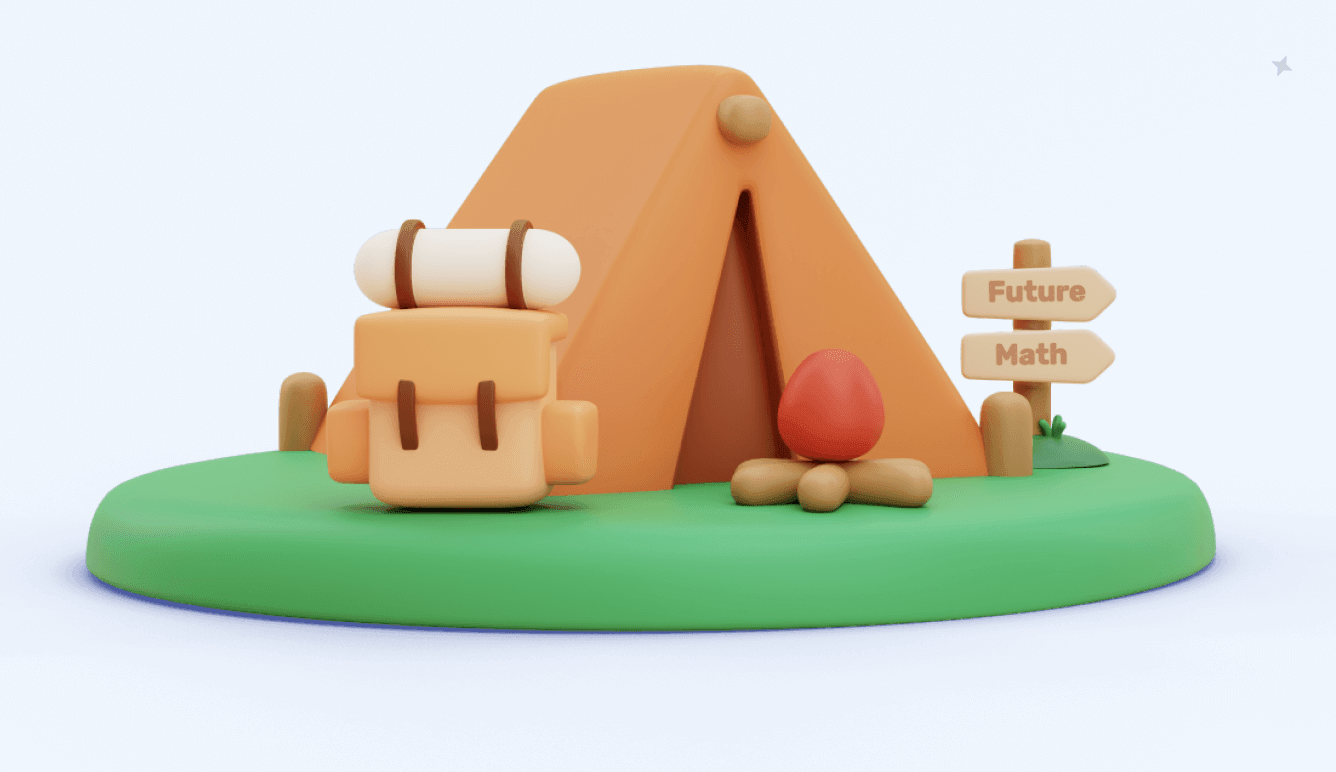Fraction Greater Than 1 – Definition with Examples
6 minutes read
Created: January 8, 2024
Last updated: January 9, 2024
Welcome to another enriching lesson on Brighterly, your trusted partner in shaping young minds. We’re all about making mathematics a fun-filled journey for children. Today, we will delve into an exciting topic that children often find intriguing: fractions greater than 1. We believe that when mathematics is made relatable to real-life scenarios, the journey becomes less daunting and more fascinating. As such, this article will break down the concept of fractions greater than 1 using examples from everyday life to ignite children’s curiosity and ensure the lessons stick.
What Are Fractions Greater Than 1?
A fraction is a mathematical concept that represents a part of a whole. The concept of fractions can be understood through simple, real-world examples like slices of pizza or pieces of an apple. If you have 1 pizza and you divide it into 4 equal parts, each piece would represent 1/4 of the pizza. Similarly, if an apple is divided into 6 pieces, each piece would represent 1/6 of the apple.
Fractions greater than 1, on the other hand, represent quantities greater than a whole. For example, if you have 5 pieces of an apple that was originally divided into 4 pieces, you have 5/4 of an apple, a fraction greater than 1.
Properties of Fractions
Fractions, in general, have unique properties that define their behavior. For instance, the property of invertibility allows us to flip the numerator (top number) and denominator (bottom number) to form a new fraction, called the reciprocal. For instance, the reciprocal of 1/2 is 2/1.
Properties of Fractions Greater Than 1
Fractions greater than 1 have their own properties as well. For example, they always have a numerator that is larger than the denominator. This distinct characteristic separates them from proper fractions, where the denominator is always larger than the numerator.
Difference Between Fractions and Fractions Greater Than 1
While both fractions and fractions greater than 1 represent parts of a whole, the key difference lies in the quantity they represent. A fraction represents a quantity less than or equal to a whole, whereas a fraction greater than 1 represents a quantity more than a whole.
Representing Fractions Greater Than 1
Fractions greater than 1 can be represented in two forms: as an improper fraction (where the numerator is larger than the denominator, e.g., 7/3), or as a mixed number (a combination of a whole number and a proper fraction, e.g., 2 1/3).
Converting Fractions to Fractions Greater Than 1
To convert a fraction to a fraction greater than 1, you can simply increase the numerator while keeping the denominator the same. For instance, to convert 1/3 to a fraction greater than 1, you could change the numerator to 4 to get 4/3.
Converting Fractions Greater Than 1 to Mixed Numbers
To convert a fraction greater than 1 to a mixed number, divide the numerator by the denominator. The quotient will be the whole number, and the remainder will be the numerator of the fraction part. For example, 7/3 converts to 2 1/3.
Practice Problems on Fractions Greater Than 1
- Convert 9/2 into a mixed number.
- If Lisa has 7/5 of a cake and she eats 2/5 of it, how much cake does she have left?
- Change 1/3 into a fraction greater than 1.
Conclusion
Mastering the concept of fractions greater than 1 is a crucial milestone in children’s mathematical education. At Brighterly, we aim to take complex concepts and transform them into easy-to-grasp lessons that children can relate to, thus fostering a love for learning. Remember, understanding mathematics isn’t about memorizing formulas and rules—it’s about grasping concepts that you can apply in real-world situations. Keep practicing, keep exploring, and keep the mathematical curiosity alive with Brighterly.
Remember to revisit our engaging lessons and look out for more exciting topics. Learning is a joyful journey at Brighterly, where we brighten minds one lesson at a time!
Frequently Asked Questions on Fractions Greater Than 1
What is a fraction greater than 1?
A fraction greater than 1, also known as an improper fraction, is a fraction in which the numerator (the top number) is larger than the denominator (the bottom number). This means that the fraction represents a quantity more than a whole. For instance, if you have 7 pieces of a cake that was initially divided into 6 equal parts, you have 7/6 of a cake. This fraction is greater than 1.
What is the difference between a fraction and a fraction greater than 1?
While both types of fractions represent parts of a whole, a regular fraction, also known as a proper fraction, represents a quantity less than a whole, while a fraction greater than 1 represents a quantity more than a whole. In other words, the numerator of a proper fraction is less than the denominator, whereas the numerator of a fraction greater than 1 is more than the denominator.
How to convert a fraction to a fraction greater than 1?
You can convert a proper fraction to a fraction greater than 1 by increasing the numerator while keeping the denominator the same. For example, the fraction 2/3 can be converted to a fraction greater than 1 by increasing the numerator to a number greater than 3, such as 4, to get 4/3.
After-School Math Program

- Boost Math Skills After School!
- Join our Math Program, Ideal for Students in Grades 1-8!
Kid’s grade
After-School Math Program
Boost Your Child's Math Abilities! Ideal for 1st-8th Graders, Perfectly Synced with School Curriculum!


